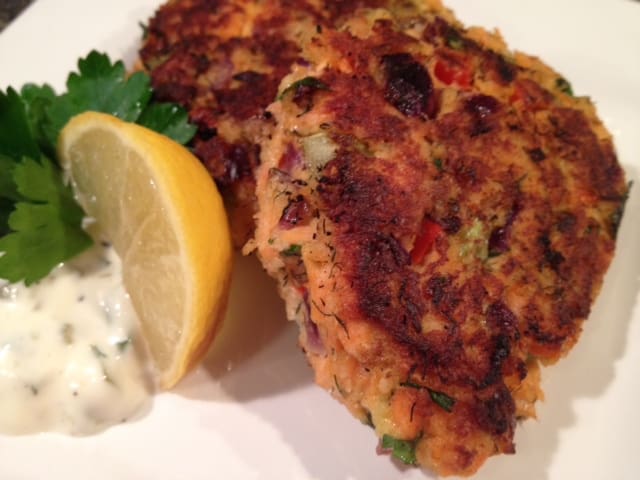The month of January prompts many of us to increase our focus on self-improvement. I personally make every attempt to avoid use of the term “resolution. It somehow seems to turn this time of inner reflection into more of a cliché than it should be. However, the beginning of a new year is a fitting—some would say ideal—time to make a fresh start or advance the paths we might already be on.
I’m not entirely sure, but I’d guess that the world’s most popular objective for the New Year is to lose weight. Now don’t get me wrong, losing weight is certainly an excellent goal to have; we all know of the stress that excess weight adds to our bodies’ ability to function at an optimal level. However, I notice that many January resolutionists concentrate on some sort of “diet“ to fulfill their goals, rather than focus on changing the foundations of their eating habits to keep their metabolism running smoothly in the future. The latter sets us up for long-term success, whereas most diets are demanding and difficult to stick to for any length of time; therefore, they come with a high rate of failure.
Proteins and fats are critical components in laying the groundwork for your body’s maximum efficiency. The energy we receive from these substances—particularly from high-quality fats—is extremely concentrated and nutrient-dense, and a small amount will sustain our energy and curb our hunger for much longer than other foods. Meals rich in protein and, contrary to popular belief, fat, will help build and retain lean muscle mass, which in turn prompts your body’s ability to burn more calories.
This yummy, family-friendly salmon cake recipe contains an ample serving of both protein and healthy fats and should keep you satisfied for a quite a while. Easily prepared with leftover, or even canned salmon, they are a very economical way to get your daily dose of omega-3 fatty acids. Delicious served over a light salad drizzled with a citrus-infused dressing, they are equally welcome alongside a pile of creamy mashed potatoes and steamed vegetables. I’m guessing they’d be delicious heated served with eggs for breakfast as well!
Ingredients
Serves 3–4
Salmon Cakes
1 tablespoon butter
1/3 cup finely diced onion
1 stalk celery, finely diced
1/3 cup finely diced red bell pepper
2 cups cooked salmon, flaked
2 large eggs
1/2 cup finely ground nuts or cracker meal
1/4 cup chopped parsley
1/2 teaspoon dried dill
2 tablespoons quality store-bought or homemade mayonnaise*
1 teaspoon Dijon mustard
1/2 teaspoon granulated garlic
1/2 teaspoon salt
1/4 teaspoon pepper
Additional butter, for frying
Lemon wedges, for serving
Tartar Sauce
½ cup quality store-bought or homemade mayonnaise*
2 tablespoons finely chopped dill pickle or cornichon
1 tablespoon lemon juice
1 tablespoon finely chopped capers
1 teaspoon grainy mustard
Salt and pepper, to taste
Method
1. Combine all ingredients for tartar sauce and set aside in the fridge. Preheat the oven to 200 F.
2. Cook onion, celery, and red bell pepper in butter until tender. Transfer to a large bowl and cool slightly.
3. Add remaining ingredients to sautéed veggies in bowl and thoroughly combine. Place mixture in the fridge for about 15 minutes to firm up a little.
4. Scoop a scant 1/2 cup portion of the salmon mixture, and shape into a 2–3 inch patty using your hands. Place on a plate, and repeat with remaining salmon mixture.
5. Melt a little butter in a large, shallow pan. Fry salmon cakes in batches until golden brown on one side, then carefully flip over using a spatula. Don’t crowd salmon cakes in pan or they will be extremely hard to flip without breaking. Transfer salmon cakes to the hot oven to keep warm while you continue cooking the rest.
6. Serve salmon cakes with tartar sauce and fresh lemon wedges.
*For a healthy homemade mayo recipe, as well as other condiments, check out Internal Bliss.
AUTHOR’S NOTE
To choose your organically grown and fresh ingredients wisely, use the following criteria:
·chemical- and hormone-free meat
·wild-caught fish
·pastured-raised, organic eggs
·whole, unrefined grains
·virgin, unrefined, first-press organic oils
·whole-food, unrefined sweeteners
·pure, clean, spring water
·sea salt
·raw and/or cultured milk and cream products


